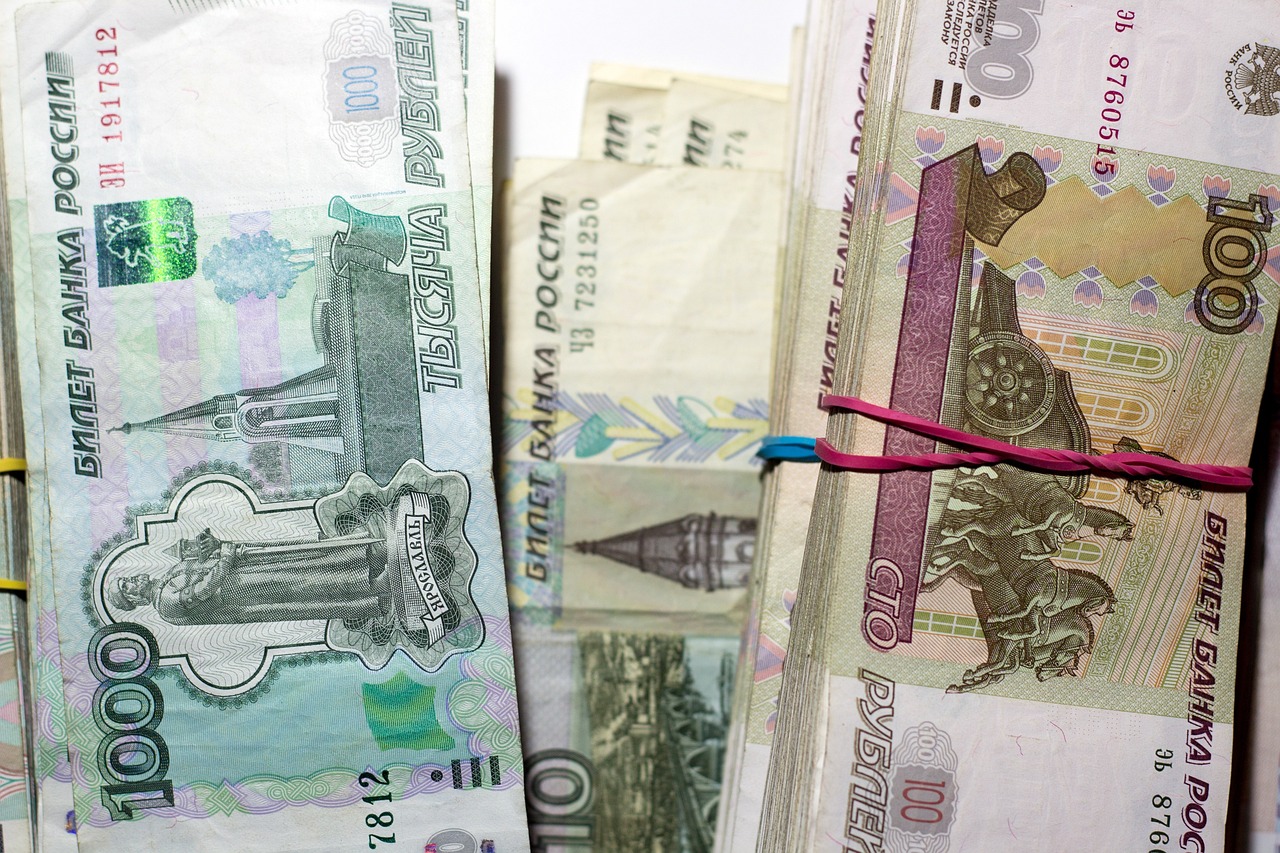Russia’s Central Bank reserves are largely unknown, but they are vast and mysterious. From gold to foreign currencies, Russia’s central bank holds a variety of assets and it is believed that a significant portion of its reserves is held in secret. In this article, we will explore the unknown depths of Russia’s Central Bank Reserves. We will look at the history of Russia’s central banking system and what it means for the country’s economy. We’ll also examine how Russia has used its reserves to weather crises and how these holdings have been affected by international sanctions. Finally, we’ll discuss potential risks associated with maintaining such a large reserve.
How large are Russia’s central bank reserves?
Russia’s central bank reserves are the fourth largest in the world. They totaled $487 billion as of April 2016, according to the World Bank. This is equivalent to about 12% of Russia’s GDP.
The vast majority of these reserves are held in foreign currency, mostly U.S. dollars. As of March 2016, around two-thirds of the reserves were in dollars and just over one-fifth were in euros. The rest was divided among other currencies including the Chinese yuan, Japanese yen, and British pound.
These reserves give Russia a large amount of financial firepower to defend its currency or economy if necessary. For example, during the global financial crisis of 2008-2009, Russia used $200 billion of its reserves to stabilize its currency and banking system.
What is the composition of Russia’s central bank reserves?
As of June 2019, Russia’s central bank reserves totaled US$563.8 billion. The breakdown of these reserves is as follows:
– US dollars: US$247.2 billion (43.9%)
– Euro: US$140.4 billion (24.9%)
– Chinese renminbi: US$74.6 billion (13.2%)
– Japanese yen: US$27.1 billion (4.8%)
– British pounds sterling: US$15.5 billion (2.7%)
– Gold: US$106.1 billion (18.8%)
The vast majority of Russia’s central bank reserves are held in foreign currencies, with the US dollar and euro accounting for nearly 70% of the total. This is in line with most other central banks, which tend to hold the bulk of their reserves in major reserve currencies like the dollar, euro, and yen. Russia also has a significant portion of its reserves invested in gold, which makes up nearly one-fifth of the total value.
Why does Russia have such large central bank reserves?
Russia has one of the largest central bank reserves in the world. As of June 2019, its central bank held $1.3 trillion in foreign exchange reserves. That’s more than 8% of all global central bank reserves and equivalent to almost a year’s worth of Russia’s imports.
There are several reasons for why Russia has such large central bank reserves:
First, sanctions imposed by the West following Russia’s annexation of Crimea in 2014 led to outflows of capital from Russia. The Russian central bank intervened by selling foreign currency and buying up rubles to prop up the currency. This intervention increased the central bank’s foreign exchange reserves.
Second, oil prices have been volatile in recent years and this has impacted Russia’s economy. When oil prices fall, the value of the Russian ruble also falls since oil is a major export for Russia. To protect against this, the Russian central bank buys up foreign currency when oil prices fall, which again increases its foreign exchange reserves.
Third, Russia has been running budget surpluses in recent years and this has also contributed to the build-up in its central bank reserves. The Russian government is currently using its excess cash to buy foreign currency as a way to diversify its holdings and protect itself against potential future problems with the ruble.
All of these factors have led to Russia having one of the largest central banks reserves in the world. This gives it a lot of firepower to defend the ruble if needed
How do Russia’s central bank reserves compare to other countries?
According to the World Gold Council, Russia is the world’s fifth largest holder of gold reserves. As of Q3 2019, Russia’s central bank held 2,212 tonnes of gold, worth US$103.7 billion. This is equivalent to approximately 12% of the country’s total reserves.
In comparison, the United States holds the most gold in reserve, with 8,133 tonnes (worth US$373 billion), followed by Germany (3,369 tonnes), Italy (2,451 tonnes), and France (2,360 tonnes). China does not disclose how much gold it holds in reserve but is estimated to be in fifth place after Russia, with 1,956 tonnes.
What implications do Russia’s central bank reserves have?
Russia’s central bank reserves are held in several different currencies, including the U.S. dollar, the euro, and the Japanese yen. The implications of this are twofold. First, it diversifies Russia’s risk exposure in the event that one currency devalues sharply relative to others. Second, it gives Russia greater flexibility in its monetary policy decisions, as it can choose to sell or buy any of the currencies it holds in reserve in order to stabilize the ruble.
Conclusion
In conclusion, Russia’s Central Bank reserves remain a mystery to many. Although we do know some facts about the bank’s holdings and investments, much of it is still unknown and covered by secrecy. On the surface, it appears that these funds are being used strategically to ensure economic stability, but with so little transparency surrounding them, only time will tell if they truly serve this purpose. What is certain is that Russia has access to a vast amount of capital which adds an intriguing layer complexity to its economy and geopolitical position in the world.











